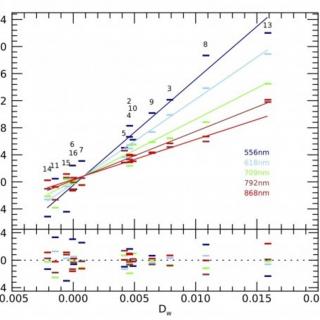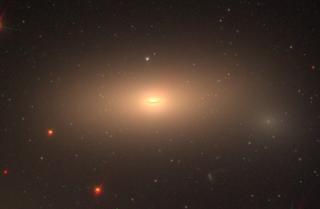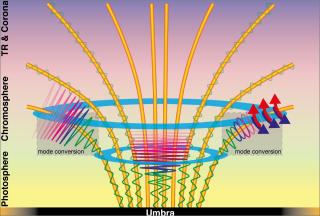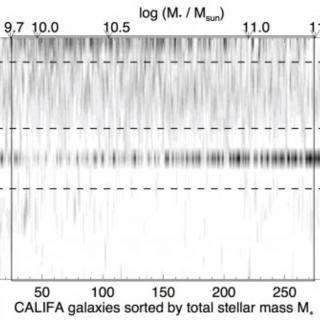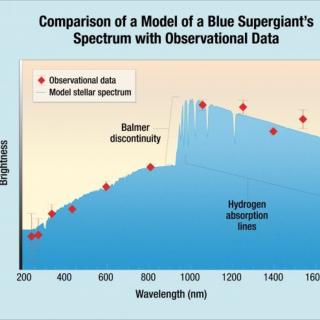
Galaxy-cluster gravitational lenses can magnify background galaxies by a total factor of up to ~50. Here we report an image of an individual star at redshift z = 1.49 (dubbed MACS J1149 Lensed Star 1) magnified by more than ×2,000. A separate image, detected briefly 0.26″ from Lensed Star 1, is probably a counterimage of the first star demagnified for multiple years by an object of ≳3 solar masses in the cluster. For reasonable assumptions about the lensing system, microlensing fluctuations in the stars’ light curves can yield evidence about the mass function of intracluster stars and
Advertised on
